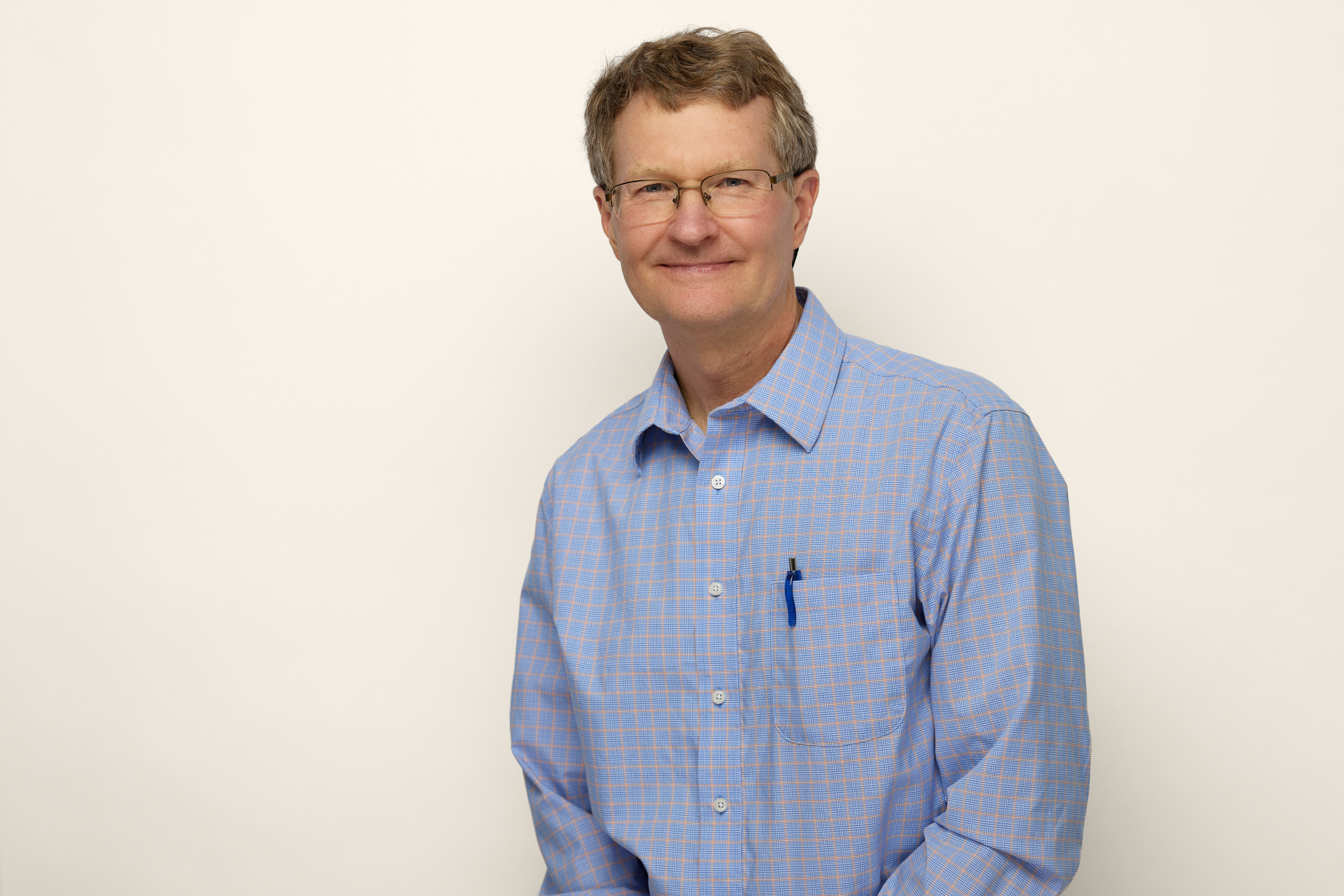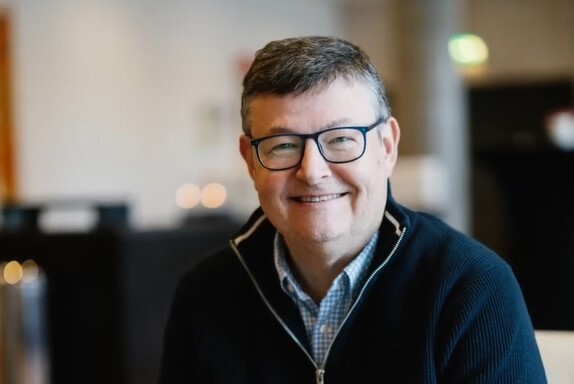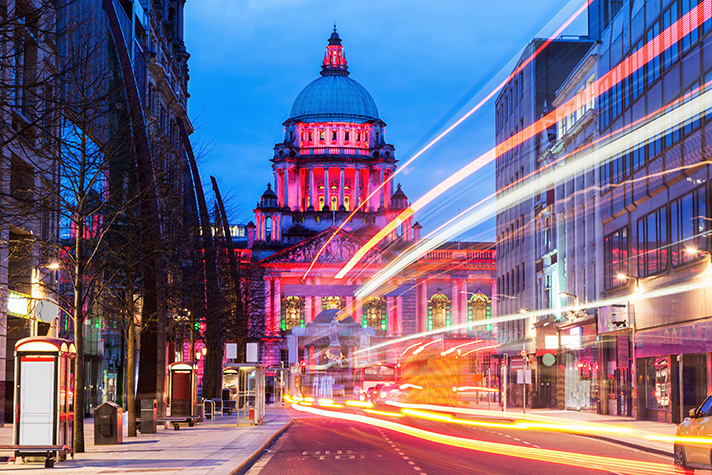
How Munters helps the data center industry stay cool
Jan 19, 2024
The data center industry is feeling the heat, literally. For one thing, they must gear up to meet the ever-growing demand for information technology, which means they will use a lot more electricity. At the same time, they are pressured by legislation and customer demand to reduce their CO2 footprint.
Navigating this challenging equation requires innovative solutions, and experts from Munters are at the forefront of this battle.
"The data center market is growing faster than countries can expand their electricity grid," notes Craig MacFadyen, Director of Offer Strategy and Portfolio Management at Munters.
Several potential solutions are being looked at including the use of small nuclear reactors, according to MacFadyen. However, electricity is just one facet of the challenge data centers face.
Managing the heat
The heat generated by data centers poses a problem. In Europe, some data centers are strategically located near urban areas, making it feasible, with the right infrastructure and legislation, for adjacent buildings to utilize this excess heat. However, in the United States, data centers are most often situated in remote areas, making heat reuse more challenging.
"I don't think data centers can ever achieve net-zero emissions unless we find a way to convert thermal energy into electrical energy or another form that’s cost-effective to transport over long distances," says, Keith Dunnavant, Vice President of Offer Strategy and Portfolio Management at Munters.
However, there are opportunities for data centers to tackle their energy consumption, which is where Munters’ innovative heat rejection technologies come into play.
A smorgasbord of cooling solutions
Munters offers a comprehensive portfolio of cooling solutions, ranging from direct and indirect evaporative cooling, dry, packaged indirect air-side economizers, chilled water and DX air-handling systems, and thermosiphon-based split systems (SyCool) for cooling air and liquid. Additionally, the company is committed to minimizing customers' Scope 3 emissions (and its own Scope 2 emissions) ** by using green power sources in its factories and sourcing materials from ethically responsible suppliers.
"Our cooling solutions are remarkably energy efficient," affirms MacFadyen. "In a facility that operates 24/7, 365 days a year, our technology is best in class."
Munters expertise and its commitment to service excellence sets them apart. “Our customers have good experience working with us, from the design process through commissioning support, and after service,” adds Dunnavant. “This is reflected in our high customer retention rates.”
Investing in R&D
To stay on top of its game and support customers in achieving their sustainability goals, Munters continues to invest in R&D.
Investments primarily go to developing new and innovative solutions and systems desired by the market. The award-winning, SyCool, is an example of its commitment to innovation.
“We are continuously upgrading and expanding the SyCool product portfolio based on customer demand, while also evaluating ways to make it more efficient and sustainable, including the compatibility with new refrigerants to ensure compliance with the latest regulations,” explains Dunnavant. “We are also working with key suppliers to improve various components, including fan and motor technologies.”
With SyCool, Munters is gearing up for the liquid cooling market which, according to Dunnavant, is taking off with AI (Artificial Intelligence). "Graphic processing units (GPUs) for AI are already requiring liquid cooling, and as the watt-density of the processors increases, liquid cooling becomes absolutely essential,” he explains.
While the industry buzzes about liquid cooling, the market still predominantly relies on air cooling, and will likely continue to do so for a long time. "Our job is to assess each opportunity and select the most energy-efficient solution," says MacFadyen. "We don’t propose new systems for the sake of it; we prioritize performance and sustainability."
At the end of the day, it is all about trust.
Munters is recognized as one of the most trusted brands in data center cooling, according to MacFadyen, which has resulted in many large orders over the past few years.
Among the most recent was the largest order in the company’s history worth 176 MUSD (about 1.8 BSEK) in August 2022. A similar order was announced in November worth 137 MUSD (approx. 1.5 BSEK). Both orders were from leading data center colocation operators in the US and included SyCool Split systems and field service work.
"Our commitment to never overpromise or make claims we cannot fulfill has been a key factor in maintaining high customer retention rates and attracting new customers to our services," MacFadyen concludes.
*The AI Disruption: Challenges and Guidance for Data Center Design (white paper from Schneider Electric)
** Scope emissions to calculate a carbon footprint, emissions are divided into three groups or scopes: Scope 1 emissions are direct emissions produced by the emitter by burning fossil fuels. Scope 2 emissions are indirect emissions generated by the energy consumed and purchased by the emitter. Scope 3 emissions are indirect emissions produced by the emitter activity but owned and controlled by a different emitter.

munters-employees-preparing-products-for-customers.jpg



